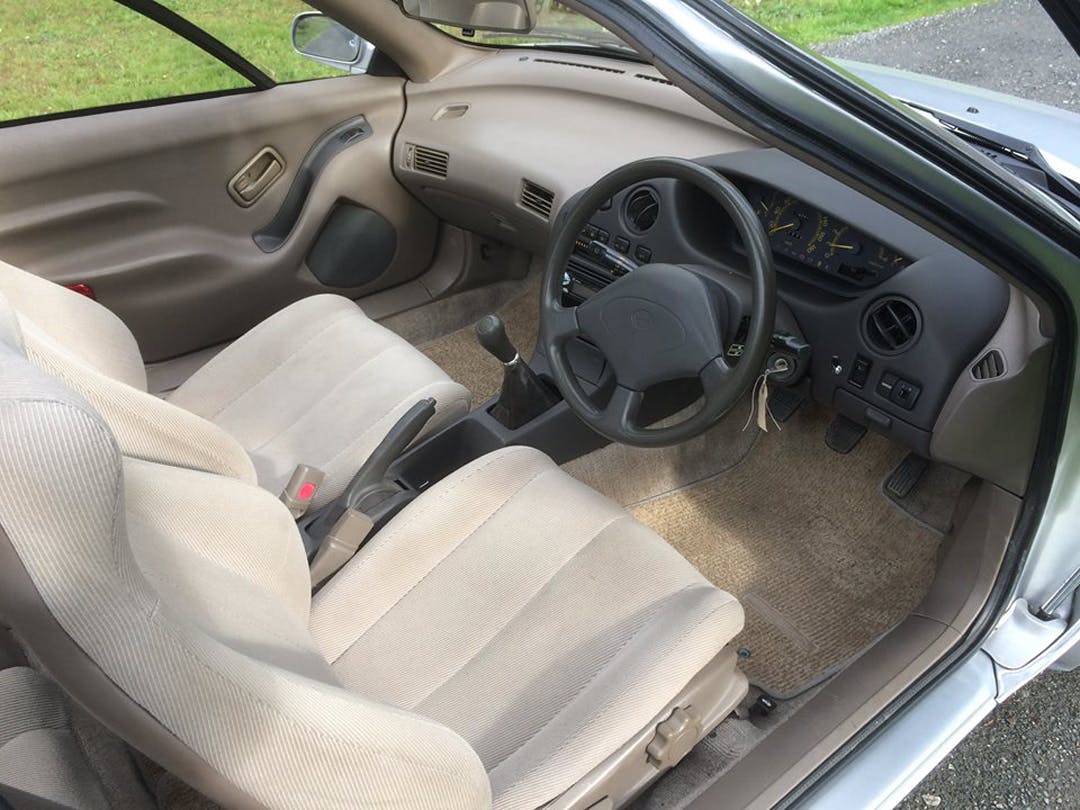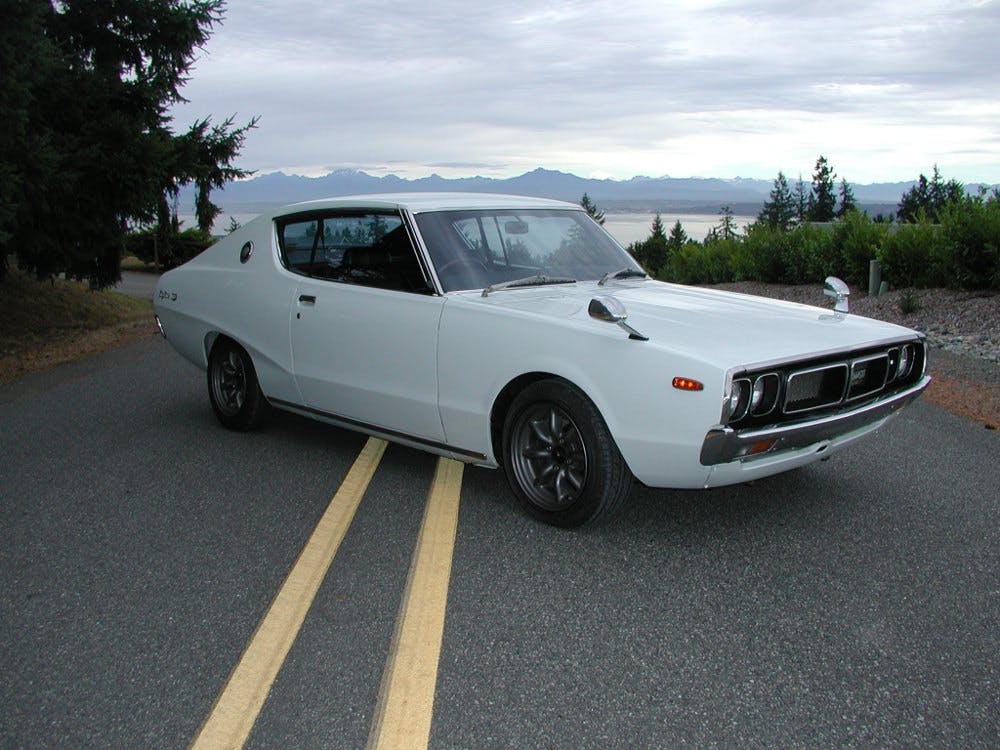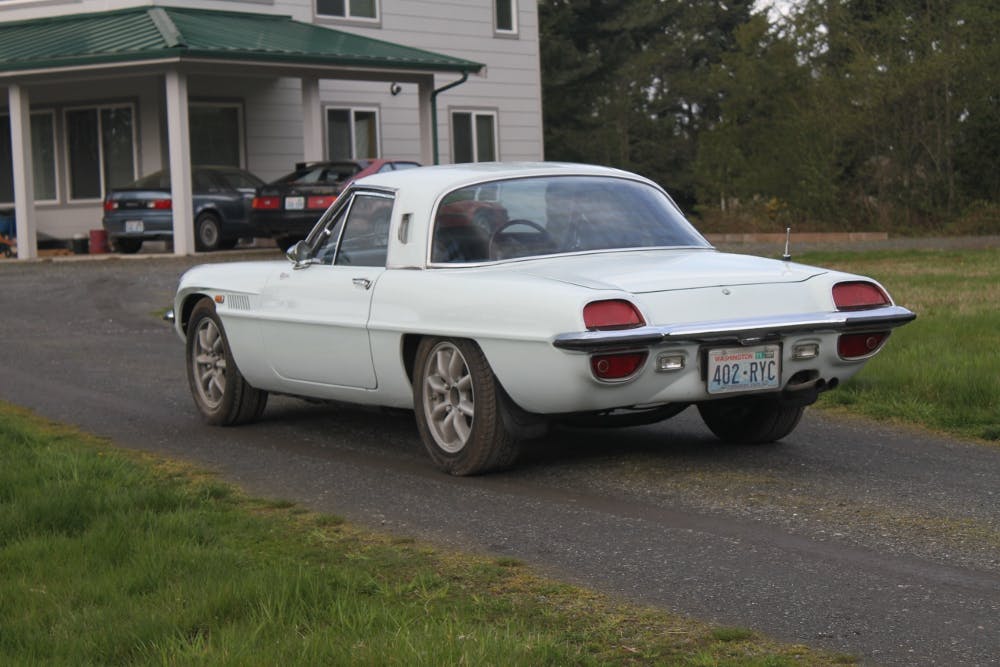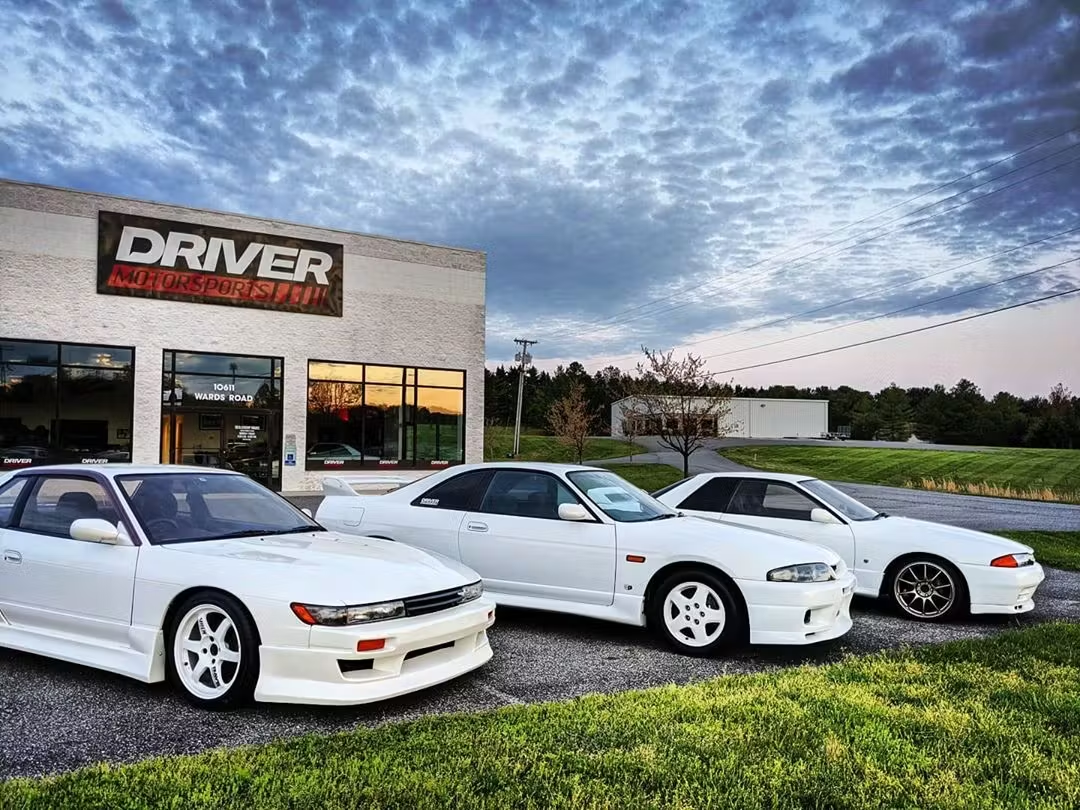Media | Articles
Living with a JDM import: What you need to know
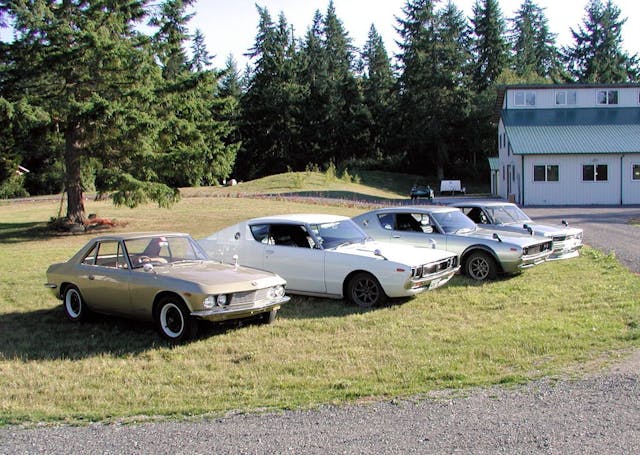
In some automotive circles, “JDM” is a badge of honor and a status symbol. The letters, which stand for Japanese Domestic Market, apply to right-hand drive versions of cars that Japanese makers sold in the U.S., as well as Japanese models that were never offered here. The Nissan Skyline GT-R and other performance models were for many years forbidden fruit that triggered car lust from within video games and movies.
Today, the GT-R and other JDM cars are easy to find and buy in the U.S., thanks to DOT/EPA exemptions for importing 25-year-old vehicles. In Japan, meanwhile, motor vehicle regulations can make owning an old car expensive, and so there is a ready export market for the cast-offs. The JDM spectrum ranges from tiny retro runabouts to screaming sports coupes, from unusual minicars to luxury models that recall 1970s American sedans. And, if you just want your Lexus to be different than your neighbor’s, a JDM might be for you.

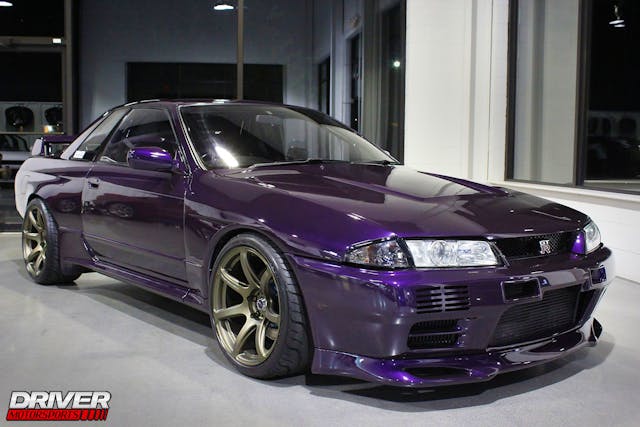
Many JDM vehicles are available at tempting prices. For less than 10 grand, you could get something that will draw a crowd wherever you park. If you’ve never owned a JDM car, however, you might first want to know what it’s like to live with before making the splurge.
Ask the man who owns one … or a couple dozen
To get some insight, we spoke with Jim Simpson, a Washington State collector, restorer, and independent designer who has owned more than two-dozen JDM machines. Some may know Simpson from the inventive Miata-based Italia sports cars that he’s been building for the past 25 years. He currently owns seven JDMs, among them two Toyota Seras and three classic vintage coupes: a 1965 Nissan Silvia, a Mazda Cosmo 110S, and an Isuzu 117 GT. The Silvia is one of just 554 made, and the Mazda is one of about 1200.


The Sera, a CRX-sized coupe built from 1990–95, is well known among JDM aficionados. Toyota made about 16,000. Based on the same platform as the humdrum Toyota Paseo that was offered here, the Sera was like a baby exotic, with its unique glass roof and butterfly doors. The latter were said to have inspired McLaren F1 designer Gordon Murray to adopt the feature for that supercar.
Marketplace
Buy and sell classics with confidence
Simpson has owned as many as seven Seras at one time and calls it his favorite daily driver.

Among his past JDMs were a couple of the early 1970s C110 Nissan Skylines, nicknamed the “Ken and Mary” model after a series of cheesy TV commercials featuring a young couple. (Or “kenmeri,” a play on “American.”) Simpson also has two tiny trucks he uses as shop vans, a Mazda Bongo and a Daihatsu Hijet. These trucklets are in the group known as “kei” vehicles, which are limited to engines of 660 cc displacement. The kei class also includes some fun sports cars.
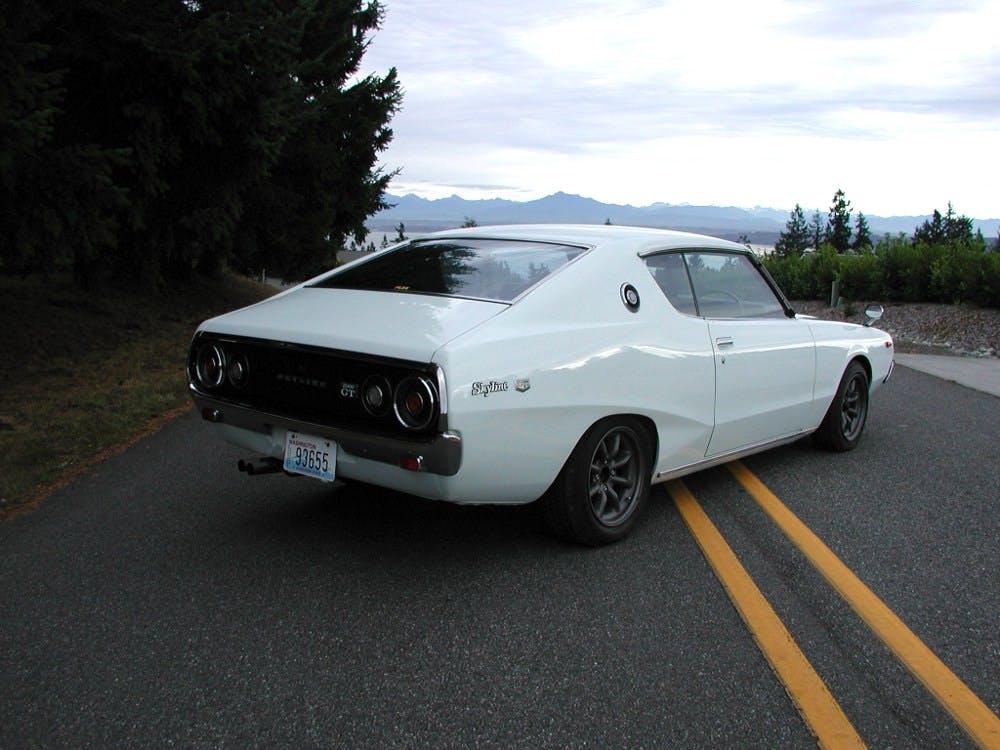
Buy here, spare some headaches
Simpson loves JDMs and gets why they appeal to young enthusiasts. It’s a way to own something special and often for not a lot of money. He begins his advice about buying them with a word of caution: “A JDM can be great for Cars and Coffee, but I would not recommend one of these as an entry-level daily driver.”
Simpson also suggests that, especially if you’re buying your first JDM, importing one yourself might not be the best idea. You would then have to deal with the headaches of getting a new title to register it. He’s gone through that motor vehicle agency rigmarole numerous times.
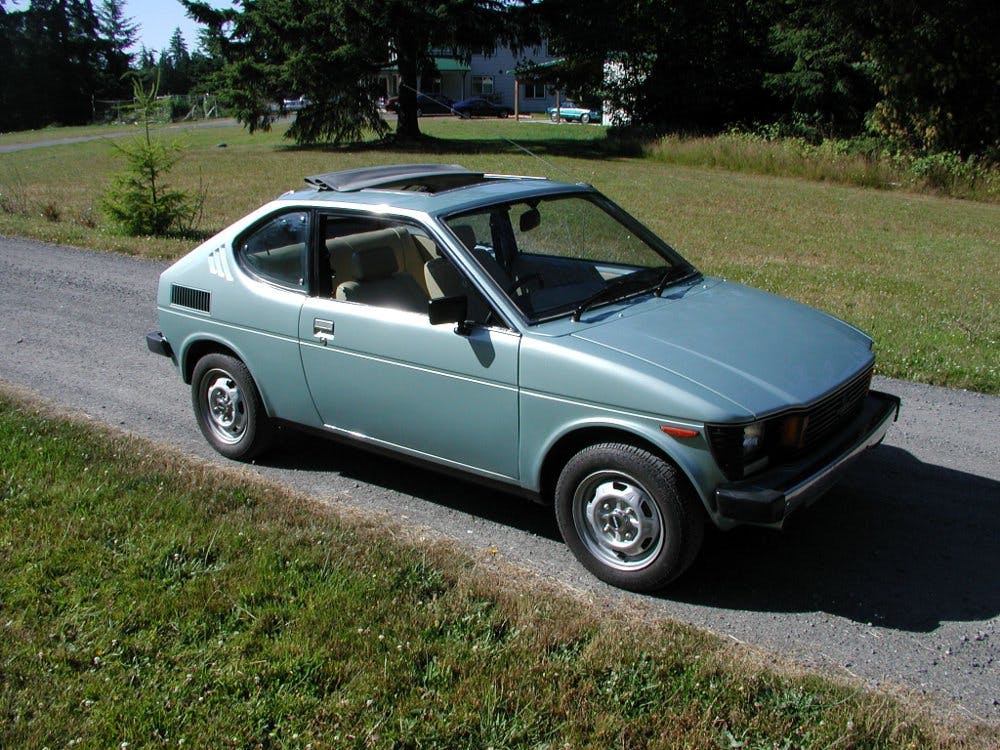
Buying from a dealer or private seller who has already done that work saves you the trouble. While an American title will transfer to any state, Simpson cautions that it won’t transfer to California from other states.
If buying from a dealer, check its reputation carefully. For an idea of what’s available, earlier this year we visited the largest JDM car dealer in North America, Duncan Imports in Christianburg, Virginia. Duncan’s inventory includes many of the cars mentioned here. Last we checked, there were more than 100 Nissan Figaros in stock. The retro-inspired roadster is popular with non-car folks as well as enthusiasts.

Another Virginia JDM dealer we spoke with is Chris Driver, owner of Driver Motorsports in Rustburg, near Richmond. His shop specializes in performance and luxury JDMs and also offers maintenance, repair, tuning, and restoration services. His advice is simple but critical:
“Inspect the car in person if you can, and make sure it’s not rusty. Don’t get pressured into buying. If it doesn’t feel right, walk away.”
“The wrong side”
Living with a JDM starts with driving it, and your first question might be, “What’s it like to drive from the ‘wrong side’ of the car?”
As with British and Australian cars (and those from a handful of other countries), JDMs have their steering wheels on right. There’s certainly a cool factor to showing up at an event with RHD. While driving a RHD car is perfectly legal in the U.S., it can feel a little weird and even intimidating to a first-time JDM owner, especially in a car with poor outward visibility.
For starters, driving from the right can skew your perception of lane position. Also, the steering wheel stalk controls are opposite what you’re used to, and with a manual transmission, you of course shift with your left hand.

“People tend to hug right side of road when they start out,” Simpson says. “They confuse wipers with turn signals. And passing on the highway can be tricky. You have to retrain your reflexes. But it’s pretty easy to adjust.”
From observing his customers, Driver concurs. “Most people are worried about it at first, but within a few minutes of driving they get used to it.”
Nighttime visibility is an issue. Depending on your local motor vehicle rules, you might be required to change or modify your headlights for driving on the right side of the road rather than the left.
Patience, tools, and money
Simpson feels that enthusiasts with experience working on their own cars, a good tool set and the patience to search for the correct parts may do fine maintaining and repairing certain JDM cars. That depends on the car, of course.
Take the Honda Beat, for example. This tiny mid-engine kei-class roadster turns heads everywhere it goes. You can find good examples for around $10,000–$13,000 and high-mile cars much cheaper than that. The potential service issues are not small, however.
“Inexpensive JDMs can suck people in,” Simpson says. “The Beat is cheap and easy to find but difficult to work on. I had one. Changing the timing belt requires a lift, and you need some damn decent skills or you won’t accomplish it. It’s almost easier to pull the engine and transaxle than to do it in the car. And putting a new top on that car is about 87 times of no fun. Even for someone who knows what they’re doing, it’s a very involved job.”
Also in the Beat’s class is the irresistible Autozam AZ-1, a kei-class mid-engine coupe with gullwing doors. Made by a division of Mazda, the AZ-1 was also sold as a Suzuki Cara. (It had started as a Suzuki-developed car and used a Suzuki-sourced turbocharged 657-cc, 63-hp three-cylinder engine.) Fewer than 5000 were made.
“They’re really neat cars, but parts are hard to get,” Simpson says.
The Nissan Figaro is larger than the Beat and more expensive. Many love it’s retro-Euro styling. But Simpson says the Figaro can be a bear to work on. He cautions that for true JDM cars, meaning those not originally sold outside of Japan, there is likely no English-language shop manual.
“Parts is parts?” Sometimes
For many enthusiasts, the challenge of hunting for parts to repair or restore a classic car can be a way of life. For some JDM cars, it’s often the only way.
“You have to be a little creative with JDM cars and learn what other cars use the same stuff,” says Simpson, suggesting also to check out Facebook groups for the JDM you decide to buy. “Finding trim pieces, lights, and glass can get difficult. There are a couple of good sources in Japan. One is Yokohama Motors.” (Yokohama Motors offers a selection of English language service manuals, as well.)
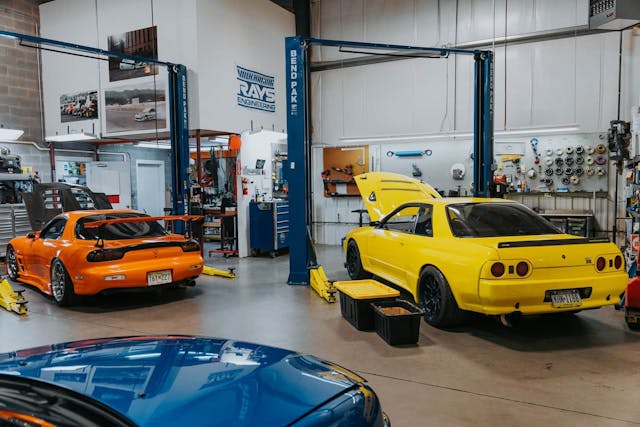
Many JDM cars are the home-market versions of models that were sold in North America, sometimes with different powertrains and often with different trim. Driver, whose shop sells a lot of JDM sports cars, says that except for some interior trim, parts can be easy to get for Supras, MR2s, and RX-7s. He says to expect difficulty finding parts for the Suzuki Cappuccino, Mitsubishi Galant VR4, and other “off the wall cars.”
For JDM enthusiasts who do their own mechanical work, Simpson cautions that some common parts often do not interchange between JDM and North American versions of the same car. The differences between RHD and LHD can cause some confusion.
“For example, with the Miata, the brake master cylinder and clutch cylinder are different, because the fittings go out the opposite side,” he says. “You can re-do the tubing, but the work is not for novices.”

Powertrain parts often do interchange between JDMs and their North American market cousins. Simpson says there are enough commonalities between the Toyota Sera and Paseo to make some parts easier to get. (The Paseo was known as the Cynos in Japan and other markets.)
The Sera uses a higher-spec version of the Paseo’s 1.5-liter four-cylinder engine, with 110 horsepower, but the timing belt and water pump are the same for both cars. Simpson has changed several and also says hoses are “very close but not exact.” The distributor caps and spark plug wires (before the switch to coil-on-plug ignition in 1995) and other smaller parts differ and must be imported or sourced from someone that has stock here.
“For the most part, rebuild kits for clutch assemblies are the same as a Paseo,” Simpson says, referring to the 25 percent of Seras that got the five-speed stick. Both of his current Seras are so equipped.
Even for some limited-production Japanese classics, parts commonality with other models can make restoring one a tad easier. Simpson’s super rare ’65 Nissan Silvia, for example, used mechanical parts and gauges from the Datsun 1600 roadster, which was sold here. The Silvia’s body panels, however, were hand-made.
The cylinder block and heads in the early ’70s Skyline had different numbers than those in the Datsun 240Z but were interchangeable, he says.
“A lot of mechanical stuff is easy to get on that car. You could own one easily and drive it with reasonable reliability. Trim parts and some relays are difficult to find, though.”
Finally, Simpson offers a word about JDM resale: Don’t think people will beat a path to your door to buy your car, and don’t expect to make a profit if you think you got a bargain when you bought it. Just enjoy the car’s uniqueness and crowd-pleasing fun.
